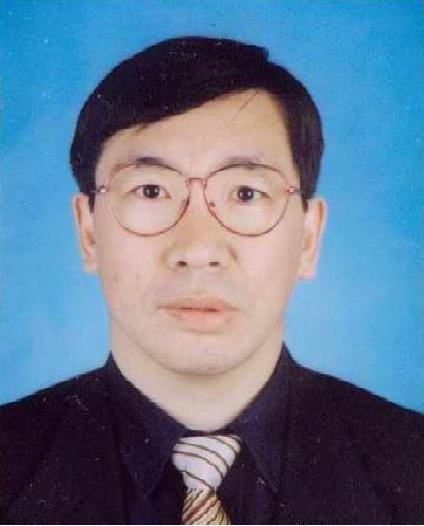Thursday, 27 June 2019
14:00-15:30
Topology and control of 3-level/multi-level converters
Generally speaking, the selection of an appropriate modulation scheme plays a vital role to assure the performance of multilevel inverters. Space vector pulse width modulation (SVPWM) is more efficient among all other pulse width modulation (PWM) techniques due to its key characteristics like better DC voltage utilization, switching losses reduction and easiness in digital implementation. The conventional SVPWM scheme presents some computational complexities due to redundant switching states and large number of space vectors. This tutorial summarizes five different SVPWM techniques for multilevel inverters which are α-β frame, g-h frame, K-L frame, α'-β' frame and SVPWM based on imaginary coordinate system. g-h frame and K-L frame are based on 60° and 120° coordinates system respectively. To compare the result of these SVPWM schemes, the complex calculations of conventional SVPWM are converted into simplified line voltages form. The comparison results validate all the SVPWM techniques, but the SVPWM based on imaginary coordinate is found more simple in duty ratio calculations, easier to understand and provides a better control for zero-sequence component for any level of inverter.
Multilevel diode-clamped converters with a large number of levels cannot achieve voltage balance for some operating conditions that involve large modulation indices and active load currents when using conventional space vector pulse width modulation (CSVPWM) technique. In order to break the theoretical limits and improve the voltage balancing ability, a virtual vector based pulse width modulation (VVPWM) for a 4L-NPC is proposed in literature. Each virtual vector can be generated by more than one switching state to guarantee that the average neutral-point currents equal zero in every switching period.
By using virtual space vector PWM, a full control of dc-link capacitor voltage balancing is achieved, moreover a novel simplified virtual vector based PWM (SVVPWM) method is proposed. It can be ascertained that the difference of the two neutral-point currents of 4L-NPC converter with proposed technique is zero in a carrier period and the sum of the two neutral-point currents in a fundamental period is also zero, which means proposed virtual vector PWM technique has the natural voltage balance ability for 4L-NPC converters.
Prof. Yongdong Li, Tsinghua University, China

Prof. Yongdong Li was born in Hebei province, China in 1962. He has received Bachelor’s Degree from Department of Electrical Engineering of Harbin Institute of Technology in 1982, and Ms. Degree and Ph.D. in 1984, 1987 respectively from Department of Electrical Engineering and Automation of Institute National Polytechnique de Toulouse, France. He was a post-doctor from 1988 to 1990 and became a full professor since 1996 in the Department of Electrical Engineering of Tsinghua University. From June to Dec. of 1996, he was a visiting professor in VPEC of Virginia Polytechnic Institute and State University, United States. His research interests include high voltage power electronic converters and their applications in variable speed drives for energy saving, digital control, sensor-less drives of AC motors and their applications in NC machine-tools, traction drives for high speed train and propulsion drives for ships, renewable energy generation, like wind, solar...etc. He’s accomplished several NSF projects and lot of other projects with success, e.g. the first industry standard high power multilevel inverter in China, 1.5 Megawatt DFIG for wind generation…etc. He’s got the honors of “Delta Scholar” in 2003, “Tianshan Scholar” in 2013, and “Excellent Professor and Good Friend” of students of Tsinghua University several times.
He’s been vice-director of Electrical Machine and Control Group of Dept. of E. E., Tsinghua University, vice-director of National Key Lab. of Control and Simulation of Power System and large generator, director of Power Electronics and Motor Control Lab., vice-director of Post-graduate Office of Graduate School of Tsinghua University, and is currently IEEE IAS Beijing Chapter Chairman,deputy director of Power Electronic Engineering Research Center of Tsinghua University, and Senior Member of China Electro-technique Society, vice-chairman of China Power Electronics Society, vice-chairman of Electrical Automation Committee of China Automation Association, member of Editing Board of Journal of Electrical Engineering and ELECTROMOTION, member of board of directors of PCIM Asia. He is author of 3 Monographs, more than 300 papers in national and international conferences and journals, including more than 100 papers indexed by SCI and EI. Also he is very active in international cooperation as a visiting professor in many universities, to name a few, INPT, Ecole Centrale de Lille, Ecole Normale de Cachan, Virginia Polytechnic Institute and State University, University of Wisconsin, University of Nottingham, Ryerson University, UBC, Yokohama National University, University of Seoul, Hong Kong University…etc.